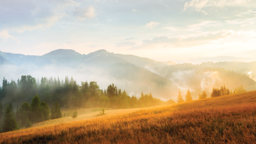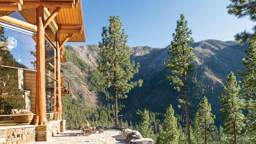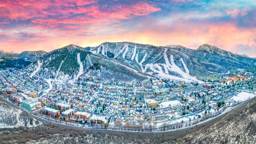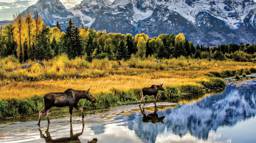

When the weather outside is frightful, the most important thing is to have a strong structure around you, especially if you’re building a home in one of the country’s chillier climates. Here we share five building tips to keep your home warm and wonderful year round.
1. Can Your Roof Handle the Snow?
Local building codes will dictate how much snow load your new roof can safely support. This can vary from more than 130 pounds per square foot in some mountainous regions to up to 360 pounds in extreme conditions. Hiring a structural engineer (or working with the engineer at your timber home company) will ensure you building a house that can handle the stress.
2. Maximize Outdoor Living
To create flexible outdoor living spaces — and minimize your home’s maintenance requirements — consider covered porches, decks and balconies to protect you and your home’s exterior timbers from the elements. To further protect exterior wood from driving, rain, snow blizzards and sun damage, include larger eaves or overhangs in your roof design.
See also Dream Timber Retreat in New York State
3. Let the Snow Slide Off Easily
A metal standing-seam roof with a simple, steep pitch will help snow slide off easily. Also consider installing a snow guard — an 8- to 12-inch fence set back from the edge of the roof that prevents the snow from falling in lethal chunks. To keep the melted snow from pooling at the foundation of your home, make sure your design team and builder slope walkways and driveways away from the house.
4. Design a Short Driveway
The longer your driveway, the more costly snow removal will be — either in dollars or in backaches. So you may opt to site your home closer to the road. Choose a driveway design that includes an area to put snow after plowing, as well as guest parking spaces. Also plan for plenty of landscape, walkway and porch lighting fixtures to prevent slips and falls.
5. Light a Fire—With the Correct Permit
Cold nights and a warm fire go together like butter and popcorn. But your choice of hearths will depend on which fuels are accessible — and permitted by local building codes — in your area. There are eight basic fuels to choose from: wood, natural gas, propane, coal, oil, electricity, corn and wood pellets. You can burn these fuels in fireplaces, stoves, masonry heaters or inserts.
See also 10 Snow-Covered Timber Homes











